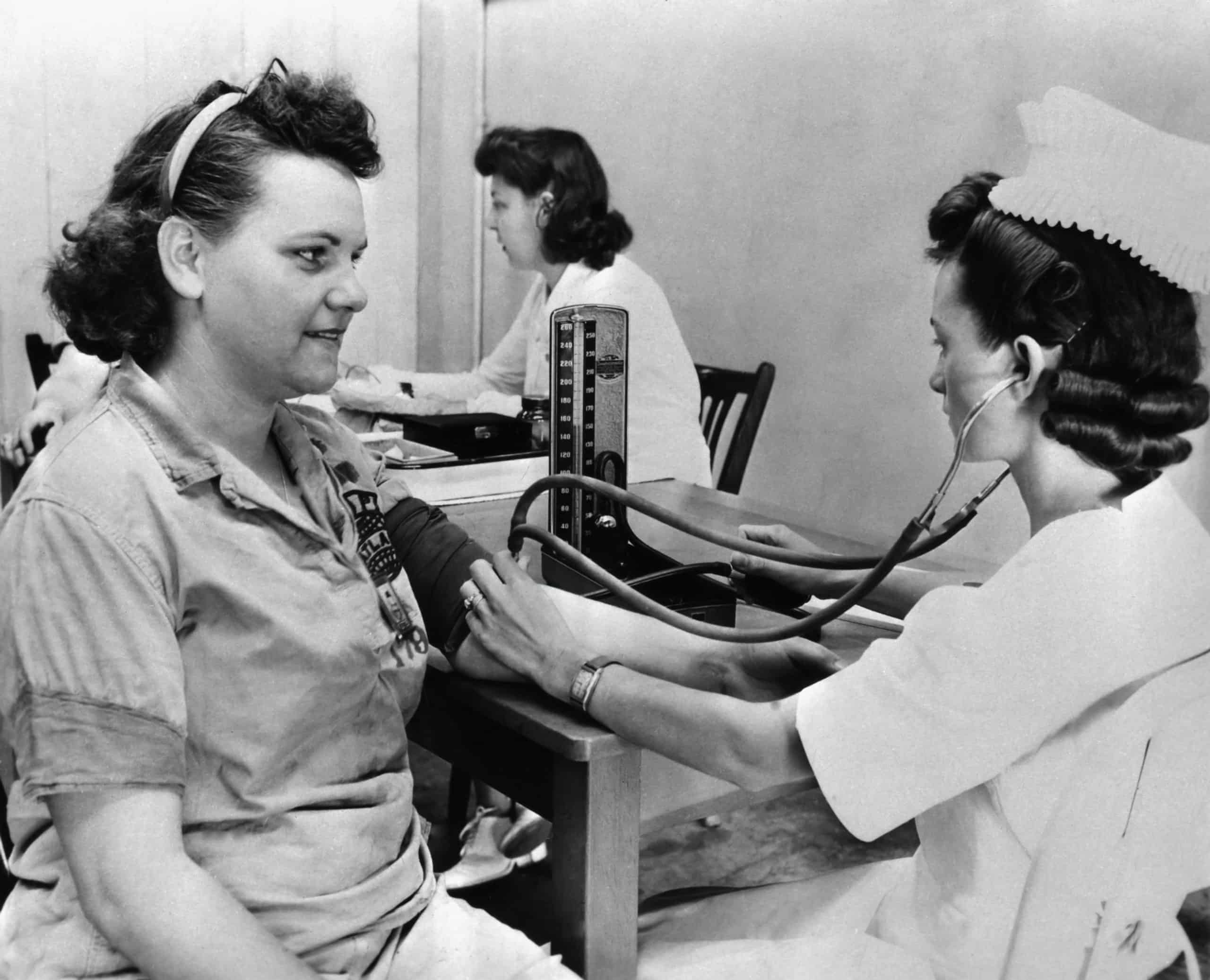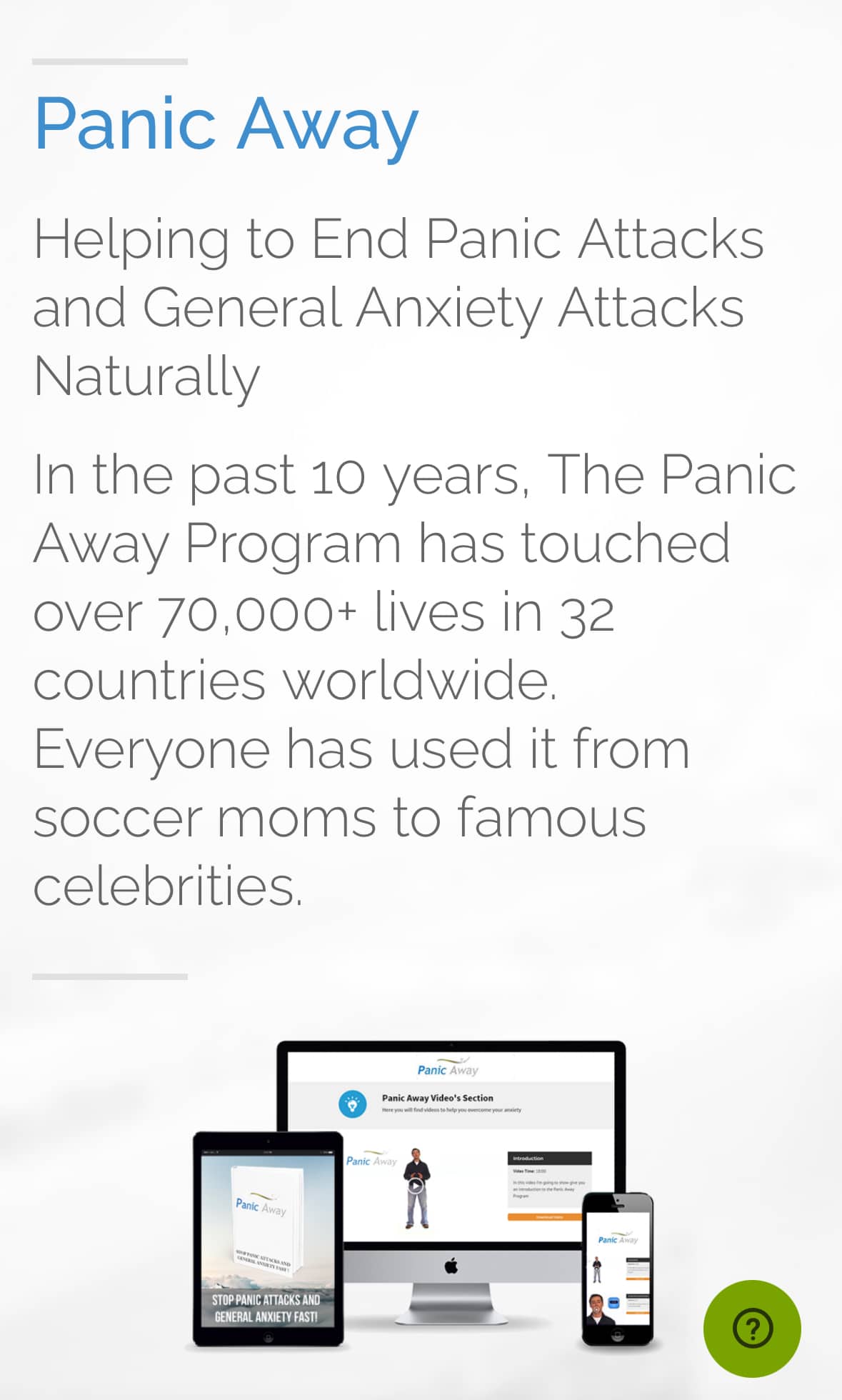Somatic OCD: Dealing With Bodily Obsessions

Somatic OCD, also known as sensorimotor OCD or sensorimotor obsession, is a subtype of obsessive-compulsive disorder that revolves around obsessive thoughts and compulsive behaviors related to bodily sensations or physical processes.
Unlike other forms of OCD that primarily focus on intrusive thoughts or mental rituals, somatic OCD manifests as a preoccupation with bodily sensations, leading to distressing obsessions and a cycle of compulsive behaviors aimed at reducing anxiety.
Individuals with somatic OCD symptoms experience an overwhelming concern and hyper awareness of their bodily functions, perceiving them as abnormal or dangerous.
Breathing, swallowing, heartbeat, muscle sensations, and other bodily processes become constant sources of worry and fixation. This heightened attention to bodily process can lead to significant distress, anxiety, and impairment in daily functioning.
In an attempt to alleviate anxiety, individuals with somatic obsessions often engage in compulsive behaviors, such as checking, reassurance-seeking, avoidance, or excessive research.
These behaviors provide temporary relief but reinforce the obsession and perpetuate the cycle of anxiety and compulsion. The persistent nature of somatic OCD can severely impact relationships, work or academic performance, and overall quality of life.
By understanding and addressing the challenges of somatic obsessions, individuals can gain control over their bodily obsessions, reduce anxiety, and improve their overall well-being. With proper treatment and support, it is possible to manage somatic OCD and regain a sense of normalcy in daily life.
What are you waiting for? – Download Your FREE OCD Worksheets Now!

Ready to reclaim your life, one fearless step at a time? Your personalized path to anxiety-free living starts now!
Unlock your extraordinary future with PanicAway!
Don’t let anxiety define your story. Choose PanicAway, and step into a world bursting with limitless opportunities and unshakable self-assurance. Your personalized path to an extraordinary life is right here!
Meet PanicAway: Your Personal Roadmap to Liberation from Anxiety
Tired of letting anxiety steal the best moments of your life? It’s time to take charge and embrace a world filled with possibilities, free from fear and panic.
Why PanicAway is Your Perfect Ally in this Journey:
- Immediate Relief: Imagine those sleepless nights and crippling panic attacks becoming distant memories. PanicAway arms you with techniques for instant anxiety relief, putting you back in control.
- Empowerment from Within: It’s not about just managing anxiety; it’s about conquering it at its core. Rediscover your inner strength and emerge as a fearless, empowered version of yourself.
- Reclaim Your Freedom: Visualize a life where anxiety no longer dictates your choices. With PanicAway, you’ll savor the freedom to chase your dreams, explore the world, and seize every opportunity with unwavering confidence.
- Proven Success Stories: Join the community of individuals who’ve transformed their lives with PanicAway. You can be the next success story, and we can’t wait to celebrate your triumph!
- Comprehensive Support: You gain access to a treasure trove of resources, from life-changing e-books to enlightening audio guides. Plus, connect with kindred spirits on their own journeys to overcome anxiety.
What is Somatic OCD?
Somatic OCD, also known as sensorimotor OCD or sensorimotor obsession, is a subtype of obsessive-compulsive disorder (OCD). In this particular subtype, individuals experience intrusive and distressing obsessions related to their bodily sensations or physical processes.
People with somatic Obsessive Compulsive Disorder often become excessively preoccupied with various bodily process, such as breathing, swallowing, heartbeat, or other internal bodily functions.
They may constantly monitor and become hyper aware on these sensations, perceiving them as abnormal or dangerous. This hyper-awareness can lead to heightened anxiety and distress.
Somatic OCD can significantly interfere with daily functioning and quality of life, causing distress and impairing relationships, work, or social activities.
It is essential to seek professional help from a mental health provider, such as a psychiatrist or psychologist, for an accurate diagnosis and appropriate treatment, which may include cognitive-behavioral therapy (CBT), medication, or a combination of both.
Related Articles – Can OCD Cause Brain Damage?
What Are Common Obsessions and Compulsions?

Common Obsessions:
Breathing concerns
Individuals with somatic OCD may experience intrusive thoughts related to breathing difficulties. They may constantly worry about not being able to breathe properly or fear that their breathing will be obstructed, leading to suffocation or a lack of oxygen.
These obsessions can manifest as a heightened focus on their breath, frequently monitoring their breathing pattern, and interpreting normal bodily process as signs of impending respiratory failure.
Swallowing concerns
Intrusive thoughts about swallowing often involve intense fears of choking or the sensation of something getting stuck in the throat.
Individuals may become hyperaware of the swallowing process and constantly worry that they will have difficulty swallowing or that food or liquids will become lodged in their throat.
This can lead to heightened anxiety around mealtimes and a persistent fear of choking, which may result in avoiding certain foods or taking small bites to minimize the risk.
Heartbeat concerns
Intrusive thoughts about the heartbeat are characterized by fears of heart irregularities or cardiac events. Individuals with somatic OCD may obsessively focus on their heartbeat, constantly monitoring their pulse, and interpreting normal variations as dangerous. These are all considered physical sensations.
They may fear that their heart will suddenly stop or that they will have a heart attack. This obsession can lead to heightened anxiety and may result in seeking reassurance from medical professionals, avoiding physical exertion to prevent an increased heart rate, or developing rituals around heart-related monitoring.
Sensory concerns
Obsessions about sensory (physical sensations) experiences can involve heightened sensitivity to certain stimuli such as light, sound, or touch. These are all considered automatic bodily processes.
Individuals may obsessively worry about the impact of these sensations on their health, fearing vision or hearing loss or developing sensory processing disorders.
They may constantly seek reassurance about their sensory experiences, engage in rituals to avoid or control sensory stimuli, or become socially withdrawn to minimize sensory overload.
Common Compulsions:
Checking bodily sensations
Individuals with somatic Obsessive Compulsive Disorder may engage in frequent checking behaviors to ensure that their sensorimotor obsessions are within normal limits.
They may repeatedly assess their breathing, swallow reflex, heart rate, muscle strength, or other bodily functions to confirm their perceived abnormalities.
This checking behavior provides temporary relief from anxiety but often leads to a cycle of increased vigilance and compulsive behavior.
Seeking reassurance
To alleviate anxiety about their sensory awareness, individuals with somatic OCD may seek reassurance from medical professionals, family members, or friends.
They may repeatedly ask for opinions or consult multiple healthcare providers to validate their concerns and provide reassurance that their sensations are not indicative of a serious health issue.
However, the relief obtained from reassurance-seeking is often short-lived, leading to a constant need for reassurance.
Excessive research
Individuals with somatic OCD may spend excessive amounts of time researching health conditions, sensory awareness, and related medical information.
They may constantly seek out information online or through books, trying to find explanations or reassurance that their sensations are not indicative of a severe illness.
This compulsive behavior provides a temporary sense of relief but can reinforce the obsession and increase anxiety in the long run.
It’s important to note that the specific obsessions and compulsions can vary among individuals with somatic OCD, and an individual may experience a combination of several obsessions and compulsions.
Related Articles – OCD Ordering And Arranging
Is Somatic OCD Dangerous?

Somatic OCD itself is not inherently dangerous. It is a mental health condition characterized by distressing obsessions and compulsions related to automatic bodily processes or physical processes.
However, the obsessions and compulsions associated with somatic OCD can significantly impact an individual’s quality of life and functioning.
The distress and anxiety caused by somatic Obsessions can lead to impairment in various areas, including relationships, work or academic performance, and overall well-being. The constant preoccupation with sensory awareness and health concerns can be mentally exhausting and emotionally distressing.
It may also result in avoidance of certain activities or situations that trigger the obsessions, which can limit one’s ability to engage in normal daily activities.
While somatic OCD itself does not pose a direct physical danger, the distress and anxiety associated with the condition can contribute to elevated stress levels and potentially impact physical health indirectly.
Additionally, excessive reassurance-seeking or avoidance behaviors can disrupt normal social interactions and relationships, which may negatively affect an individual’s overall mental well-being.
It’s important to note that individuals with somatic OCD may have co-occurring conditions or develop secondary conditions like depression or anxiety disorders. If left untreated, these conditions can further exacerbate distress and impair daily functioning.
Related Articles – What Causes OCD To Get Worse?
Does Somatic OCD Go Away?
Somatic OCD, like other subtypes of obsessive-compulsive disorder (OCD), is a chronic condition that typically requires ongoing management. However, with proper treatment and support, individuals with somatic OCD can experience significant improvement in their symptoms and overall quality of life.
The goal of treatment for somatic OCD is not necessarily to make the condition “go away” completely, but rather to reduce the frequency and intensity of obsessions and compulsions, and to improve the individual’s ability to function and engage in daily activities.
Treatment approaches for somatic OCD typically involve a combination of psychotherapy and, in some cases, medication.
While somatic OCD may not completely go away, treatment can help individuals gain better control over their symptoms and improve their overall well-being.
It’s important to remember that everyone’s journey with OCD is unique, and the response to treatment can vary from person to person.
Enhance your knowledge of OCD and checkout our must read OCD books list!
How Do You Treat Sensorimotor OCD?

The treatment approach for sensorimotor OCD, also known as somatic OCD or sensorimotor obsession, typically involves a combination of psychotherapy and, in some cases, medication.
Here are the primary treatment methods used for sensorimotor OCD:
Cognitive-Behavioral Therapy (CBT)
Cognitive behavioural therapy, particularly a specific technique called exposure and response prevention (ERP), is considered the most effective form of OCD treatment for Obsessive Compulsive Disorder, including sensorimotor OCD.
Response prevention (ERP) involves systematically exposing individuals to their feared bodily sensations or situations that trigger their obsessions and then preventing the accompanying compulsive behaviors.
During ERP therapy, individuals gradually face their feared sensations without engaging in the usual compulsive behaviors or seeking reassurance.
The aim is to reduce anxiety and teach the brain that the feared sensations are not truly dangerous. Over time, individuals develop new, healthier ways of responding to discrete physical sensations, breaking the cycle of obsession and compulsion.
Mindfulness-Based Therapies
Mindfulness-based OCD treatment, such as Acceptance and Commitment Therapy (ACT) or mindfulness-based cognitive therapy (MBCT), can be beneficial in managing sensorimotor OCD.
These approaches help individuals develop non-judgmental awareness of their bodily processes and thoughts, fostering acceptance rather than trying to control or eliminate the sensations.
Mindfulness techniques can help individuals observe their bodily experiences without reacting anxiously, reducing distress and promoting psychological flexibility.
Medication
In some cases, medication may be prescribed to complement OCD treatment for sensorimotor OCD. Selective serotonin reuptake inhibitors (SSRIs), which are commonly used to treat Obsessive Compulsive Disorder, can help regulate brain chemistry and reduce anxiety and intrusive thoughts.
It is important to consult with a psychiatrist or other qualified healthcare professional to determine the appropriate medication and dosage.
It is important to note that treatment plans should be tailored to the individual’s specific needs, and the success of treatment can vary. Some individuals may respond well to therapy alone, while others may benefit from a combination of therapy and medication.
Working with a qualified mental health professional, such as a psychologist or psychiatrist, is crucial in developing an individualized treatment plan and providing ongoing support throughout the treatment process.
Related Articles – How To Treat Arithmomania

Ready to reclaim your life, one fearless step at a time? Your personalized path to anxiety-free living starts now!
Unlock your extraordinary future with PanicAway!
Don’t let anxiety define your story. Choose PanicAway, and step into a world bursting with limitless opportunities and unshakable self-assurance. Your personalized path to an extraordinary life is right here!
Meet PanicAway: Your Personal Roadmap to Liberation from Anxiety
Tired of letting anxiety steal the best moments of your life? It’s time to take charge and embrace a world filled with possibilities, free from fear and panic.
Why PanicAway is Your Perfect Ally in this Journey:
- Immediate Relief: Imagine those sleepless nights and crippling panic attacks becoming distant memories. PanicAway arms you with techniques for instant anxiety relief, putting you back in control.
- Empowerment from Within: It’s not about just managing anxiety; it’s about conquering it at its core. Rediscover your inner strength and emerge as a fearless, empowered version of yourself.
- Reclaim Your Freedom: Visualize a life where anxiety no longer dictates your choices. With PanicAway, you’ll savor the freedom to chase your dreams, explore the world, and seize every opportunity with unwavering confidence.
- Proven Success Stories: Join the community of individuals who’ve transformed their lives with PanicAway. You can be the next success story, and we can’t wait to celebrate your triumph!
- Comprehensive Support: You gain access to a treasure trove of resources, from life-changing e-books to enlightening audio guides. Plus, connect with kindred spirits on their own journeys to overcome anxiety.
Conclusion: Dealing With Bodily Obsessions in Somatic OCD
Somatic OCD obsessions, with its hyper awareness on bodily processes and physical processes, presents unique challenges for individuals struggling with this subtype of obsessive-compulsive disorder. The distressing obsessions and compulsive behaviors associated with somatic Obsessive Compulsive Disorder can significantly impact one’s quality of life and overall well-being. However, there is hope and effective treatment available to help individuals manage and reduce the impact of their bodily obsessions.
Through cognitive-behavioral therapy (CBT), particularly exposure and response prevention (ERP), individuals can learn to confront their fears and break free from the cycle of anxiety and compulsion. Response prevention (ERP) allows individuals to gradually face their feared bodily processes, resisting the urge to engage in compulsive behaviors. Over time, this therapy helps individuals develop healthier coping mechanisms and reduce the power of their obsessions.
Education and support are crucial in the journey of dealing with somatic OCD. Understanding that somatic OCD is a treatable condition and not a reflection of one’s character is empowering. Seeking support from mental health professionals, support groups, or loved ones can provide validation, encouragement, and a sense of community during the treatment process.
While somatic Obsessive Compulsive Disorder OCD may be a chronic condition, with proper treatment and ongoing management, individuals can gain control over their bodily obsessions, reduce anxiety, and improve their overall well-being. It is essential to remember that everyone’s journey with OCD is unique, and progress may vary. With the right tools, support, and perseverance, individuals can lead fulfilling lives, free from the constraints of somatic Obsessive Compulsive Disorder OCD.

